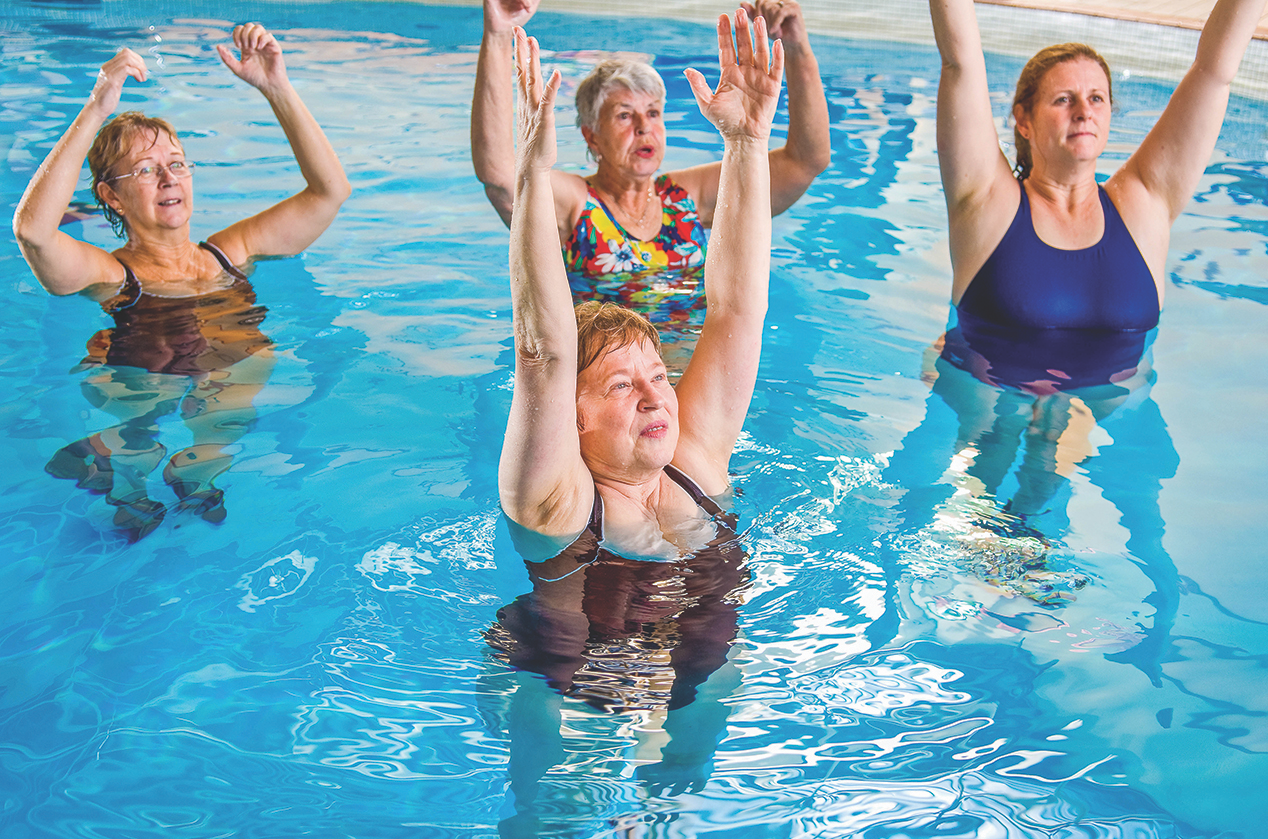Losing interest in an exercise regimen is a situation many fitness enthusiasts have confronted at one point or another. Overcoming a stale workout routine can be simple for young athletes, whose bodies can typically handle a wide range of physical activities. That flexibility allows younger athletes the chance to pursue any number of physical activities when their existing fitness regimens become boring. But what about seniors who have grown tired of their workouts?
Even seniors who have lived active lifestyles since they were young are likely to encounter certain physical limitations associated with aging. According to the Centers for Disease Control and Prevention, the likelihood of experiencing one or more physical limitations increases with age. CDC data indicates that 8 percent of adults between the ages of 50 and 59 have three or more physical limitations. That figure rises to 27 percent among adults age 80 and over.
Physical limitations may be a part of aging for many people, but these obstacles need not limit seniors wanting to eliminate boredom from their workout routines. In fact, many seniors can successfully engage in a variety of exercises to keep fit and active.
• Water aerobics: Sometimes referred to as “aqua aerobics,” water aerobics may involve jogging in the water, leg lifts, arm curls, and other activities that can be performed safely in a pool. Water aerobics exercises are low impact, which can make them ideal for seniors with bone and joint issues such as arthritis.
• Resistance band workouts: Resistance band workouts can be especially useful for seniors who spend a lot of time at home. Bands are inexpensive and don’t take up a lot of space, making them ideal for people who like to exercise at home but don’t have room for exercise equipment. Resistance bands can be used to strengthen muscles in various parts of the body, including the legs, arms, and back, and can be pulled or pushed in any direction for more versatility than weight machines and dumbbells.
• Pilates: Pilates is another low-impact exercise that can be ideal for seniors with bone and joint issues. According to SilverSneakers®, Pilates can help seniors build overall strength, stability, and coordination in as little as 10 to 15 minutes per day.
• Strength training: Seniors looking for something more challenging than a daily walk around the neighborhood should not overlook the benefits of strength training. The CDC notes that seniors who participate in strength training can stimulate the growth of muscle and bone, thereby reducing their risk for osteoporosis and frailty. In fact, the CDC notes that people with health concerns such as arthritis or heart disease often benefit the most from exercise regimens that include lifting weights a few times each week.
Physical limitations are a part of aging, but seniors shouldn’t let such limitations relegate them to repetitive, boring workouts.











